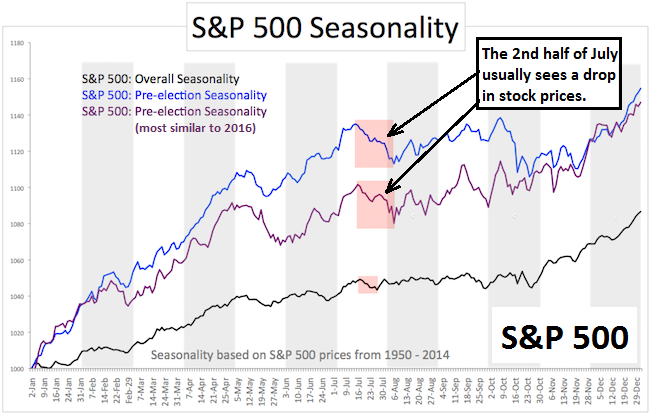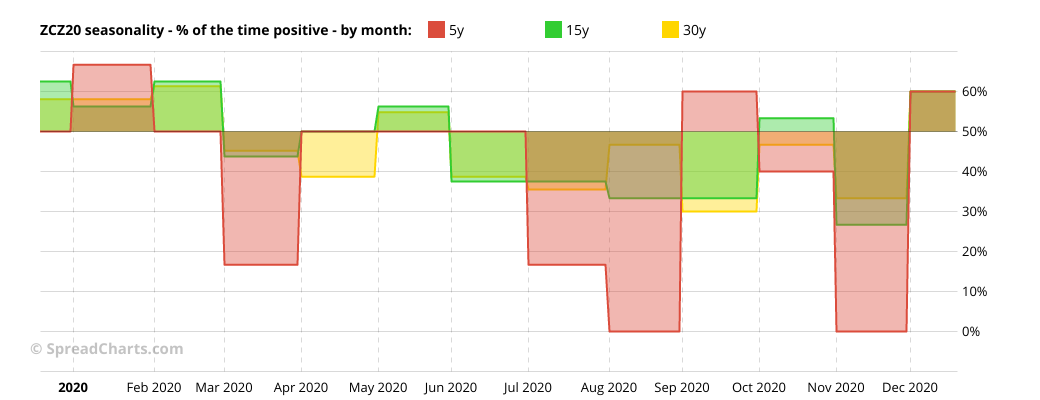

Christmas is the number one holiday that retailers invest in, followed by Black Friday, Cyber Monday, and Mother’s Day. But when all the parts are put together, they do. Set aside the largest portions of your holiday budget and resources for Christmas and Black Friday Allocate the most monetary and human resources toward key retail holidays. By testing the individual parts, students saw not all parts of apples float in water. However, apple cores and seeds don’t contain the same volume of air. Apples are less dense than water, so they float. If an item is denser than water it will sink. That’s because apples are buoyant 25 percent of their volume is actually air. The little students were surprised to see the whole and half apples floated, while the core and seeds sank to the bottom of the container.

“We made some super awesome scientific guesses and then tested them out.” Here are the seasonal averages for the continental United States, courtesy of the National Renewable Energy Laboratory: Winter: 4 to 4.5 hours Spring: 4 to 5.75 hours Summer: 6 to 8 hours Fall: 4 to 7 hours How does seasonality impact my production Roughly speaking, more sun yields more power. “We tested a whole apple, half, seeds and core,” Mrs. Whole and half apples were placed in water and students watched to see what would happen.Īfter, they repeated the same discussion with apple cores and seeds, watching them intently in the water. Apples were then cut in half and students were again asked to think about what the halves might do. Students looked at whole apples and were asked to predict if each would sink or float. Jennifer DiSimone’s Elementary School first-graders recently learned about “apple science,” tying in the seasonality of Hudson Valley apple picking in a lesson introducing students to the beginnings of the scientific method and physics. While the latitude of cyclogenesis has shifted northward towards the coast, the frequency in nearshore formation has decreased partly due to increased interaction with the rugged coast of southern Mexico.Seasonality fun in the classroom can also include the teaching of science, and is another indicator of the creativity all Minisink Valley faculty use in lesson planning. Seasonal timing in the two basins tends to be out of phase.Īdditional analysis finds that since 1980 there has been a northward shift in the region of TC genesis in the EastPac and this northward shift appears linked to a long term strengthening of the South Pacific high and corresponding northward shift in the ITCZ south of Mexico.

Statistics for the two ocean basins indicate that ENSO, the PDO and local basin SSTs prior to the start of the respective basin season are linked to changes in TC frequency and intraseasonal variability. A new TC seasonality statistic is defined for the study and this tri mean statistic of annual activity considers the median date of TC activity during the season (50% of the weighting) along with the dates by which 25% and 75% of the seasonal activity has occurred (each weighting 25%). The statistical reliability of an apparent out-of-phase relationship in TC activity in the nearshore EastPac and Gulf of Mexico-Caribbean is examined and shown to be linked to differences in the year-to-year seasonality of activity within the two ocean basins. A decision tree approach to seasonal forecasting for the joint region is presented with 1921-88 being the model development period and 1989-2008 being the test period for the prediction scheme.

This paper examines the potential predictability of TC frequency and intraseasonal variability in TC activity within the core region of the Inter American Seas warm pool, 1921-2008. Douglas, Creighton University, Omaha, NE and P. Statistical prediction of TC frequency and seasonality within the core region of the inter american seas warm poolĪrthur V. P1.37 Statistical prediction of TC frequency and seasonality within the core region of the inter american seas warm pool (2010 - 29Hurricanes_29hurricanes) 29th Conference on Hurricanes and Tropical Meteorology


 0 kommentar(er)
0 kommentar(er)
